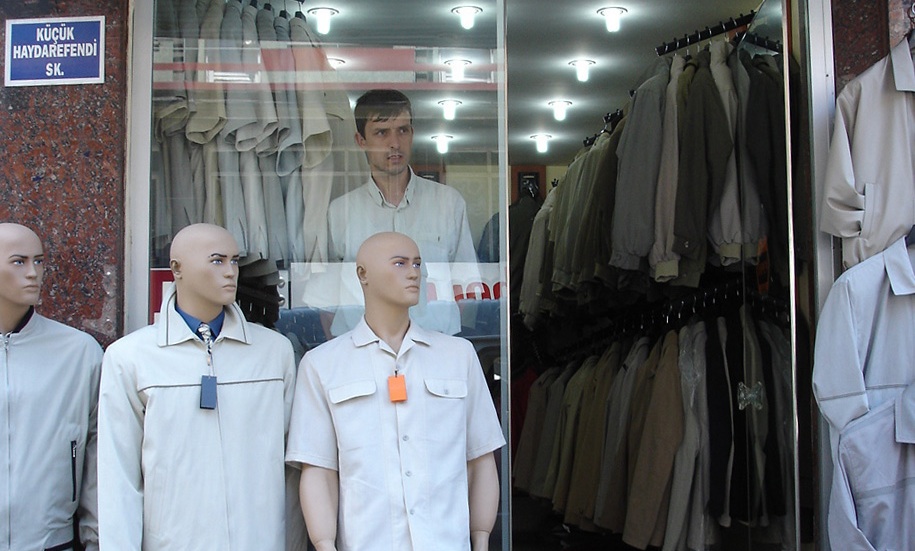Recently I was talking to an old business partner about why our venture failed, we agreed we’d spent too long on trying to keep an idea alive way past the date it was clear it didn’t work.
This formed the idea of the Five Year Business Plan. It’s not a detailed plan, just the broad cycle that the typical start business follows.
Years one and two: The formative years
The first two years are the most exciting, exhilarating, toughest and frustrating periods of running a business. This is when you test your assumptions, discover what works and ditch what doesn’t. You make mistakes, learn and build upon the lessons
Not only is this the time your business develops, it’s also the time you learn about yourself and your business partners. Some of the lessons you’ll learn about debtors, staff, suppliers and customers will break your heart and make you tougher. You’ll also probably require cash reserves to see your way through much of the first two years as well.
In many cases the assumptions are too wrong and cash demands too great. If the cashflow isn’t standing up, sales are too short of projections or the development is too slow, it’s often best to draw a line in the sand and move on before you invest too much of your life on an idea that doesn’t work.
Consolidation: Years three and four
Once through the formative stage, the third and fourth years are about consolidation. Having got your business running well, now is the time to be proving the model and making money.
This period is where you start booking real profits, build goodwill and start laying the groundwork for your exit strategy.
Year Five: The next steps
In the fifth year, you’re looking at where the business will go next. Some entrepreneurs will look at cashing out to a buyer while others want to franchise out their systems or build the business into a world beater.
With a four year track record and solid profits you’re in the position to seek buyers, investors, franchisees or lenders to execute the next stage of your business, and personal, growth.
This five year plan is nominal as not every business will follow it. For instance a franchisee will probably short circuit the first two years as they are buying many of the systems and products a start up entrepreneur has to develop and that’s why a good franchise costs money.
Also, the phases may vary depending on the industry, the state of the economy and just plain dumb luck but by understanding where the business is in the cycle, you can time the right moves for your business from when to grow and when to close it down.
In many ways, starting a business is like being an early explorer like Christopher Columbus, Marco Polo or James Cook. You have a rough map with some ideas and assumptions on it but no real idea of what you’ll discover. That’s part of the challenge of being entrepreneur.

Leave a Reply